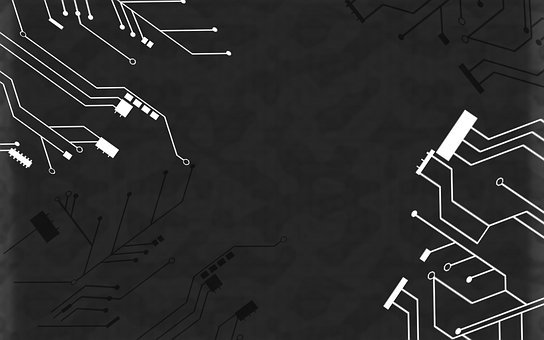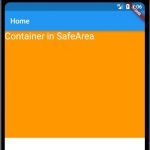If you are in the IT field, you may have heard of LANs and the internet. But do you really know what they are? The difference between these two networks is simple to explain.
- A Local Area Network (LAN) is a computer network that covers a relatively small area. It’s usually confined to a building or group of nearby buildings, such as one office building.
- The Internet is an example of the opposite-a wide-area network that covers much more distance and can even include international connections. To be able to communicate with other computers on these networks, all the computers must be part of the same network.

Differences Between a LAN and the Internet
There are many different types of LANs available today for businesses, including wireless networks which use radio waves instead of wires but are restricted to one building, or HomePNA networks which can be used within a single household. These types of networks are normally ideal for businesses small enough to only need one or two connections to the outside world.
However, for larger companies using more than two internet connections with different ISPs (Internet Service Providers), it would be difficult if not impossible to use proprietary solutions-open sources is always preferred.
A good LAN consists of high-speed network infrastructure that includes switches and routers capable of offering sufficient bandwidth at all times so the users do not experience any latency issues.
A bad LAN will have substandard equipment that causes bottlenecking or downtime. The right hardware will offer plug-and-play connectivity so you won’t have to deal with any problems.
The internet is just a huge network of computers and other devices connected via routers and switches so they can communicate with each other. Once you connect to the internet, you become part of this interconnected world.
You leave your own personal computer or device and enter a much larger virtual one-the whole world wide web! Your information is sent over these connections as data packets that take various routes (and may be routed through several different locations) until they reach their destination.
Because there’s no way to know exactly where those packets are going, it means that the source and destination will almost always exist on different networks. There are different types of internet service providers that offer different tiers and speeds of connectivity.




